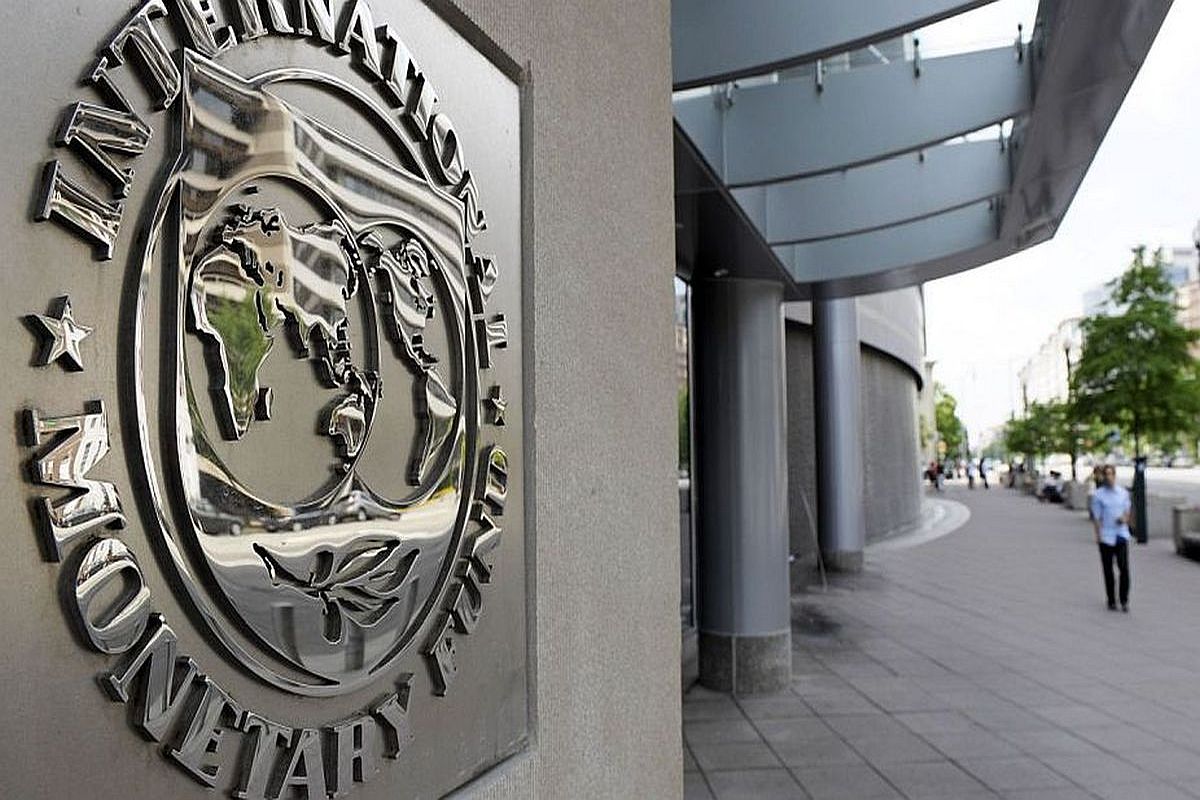RBI opens NDS-OM platform to boost retail participation in G-Sec market
The RBI move is intended to expand retail participation in the government bond market.
In the complex world of international finance, the recent reclassification of India’s exchange rate regime by the International Monetary Fund (IMF) from “floating” to “stabilised arrangement” has sparked a spirited disagreement between it and the Reserve Bank of India (RBI).

International Monetary Fund (Photo: iStock)
In the complex world of international finance, the recent reclassification of India’s exchange rate regime by the International Monetary Fund (IMF) from “floating” to “stabilised arrangement” has sparked a spirited disagreement between it and the Reserve Bank of India (RBI). As the dust settles on this monetary skirmish, it is crucial to delve into the nuances and implications of the recalibration. The IMF’s move, arising from its Article IV review, reflects concerns over the Reserve Bank’s interventions in the foreign exchange market. According to the IMF report, the Indian rupee’s movement in a “very narrow range” against the US dollar suggested that the RBI’s interventions might have exceeded levels required to address disorderly market conditions.
This change in classification is not merely a bureaucratic shuffle. It holds significant ramifications for India’s economic policy and global standing. India, however, has swiftly responded, rejecting the IMF’s rationale and deeming the classification “incorrect and inconsistent with reality.” The RBI contends that its interventions in the interbank market are targeted at curbing excessive volatility, a claim it has maintained consistently. The disagreement is not merely a matter of technicalities but underscores a fundamental difference in approach between India and the IMF. At the heart of the matter is the methodology employed by the IMF, which India criticises as a “backward-looking statistical approach that relies on past exchange rate movement and historical data.”
Advertisement
This critique raises an essential question about the adaptability of international financial institutions in assessing the nuances of emerging market economies. India’s argument suggests that a rigid reliance on historical data may not capture the intricacies of its current economic dynamics. The IMF’s concern about the rupee’s movement in a “very narrow range” against the dollar implies a level of intervention that goes beyond addressing disorderly market conditions. While stability is a commendable goal, the risk lies in stifling the natural ebb and flow of the market, potentially impeding the effectiveness of exchange rate flexibility as a defence against external shocks. This dispute also brings to the forefront the broader issue of policy autonomy. As nations navigate the complexities of global economic dynamics, the ability to tailor monetary policies to domestic needs becomes paramount. India’s pushback signals a commitment to retaining control over its economic levers, especially when it comes to managing exchange rates.
Advertisement
As economies chart their paths to recovery, the divergence in perspectives between a major emerging market and a global financial institution highlights the challenges in crafting universally applicable monetary frameworks. This clash of perspectives prompts a broader reflection on the evolving role of international institutions and the need for flexible frameworks that acknowledge the unique challenges faced by diverse economies. As India asserts its stance, the global financial community is reminded that a one-size-fits-all approach may not be the panacea for the intricate tapestry of the world economy.
Advertisement